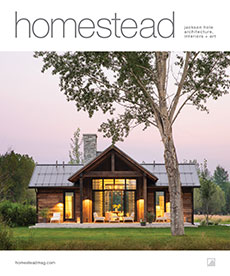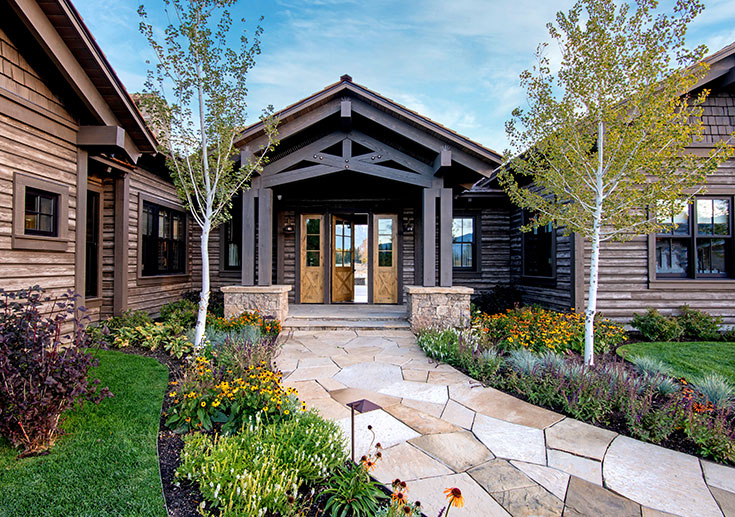Reviving the Art of Shyrdak Rug-Making
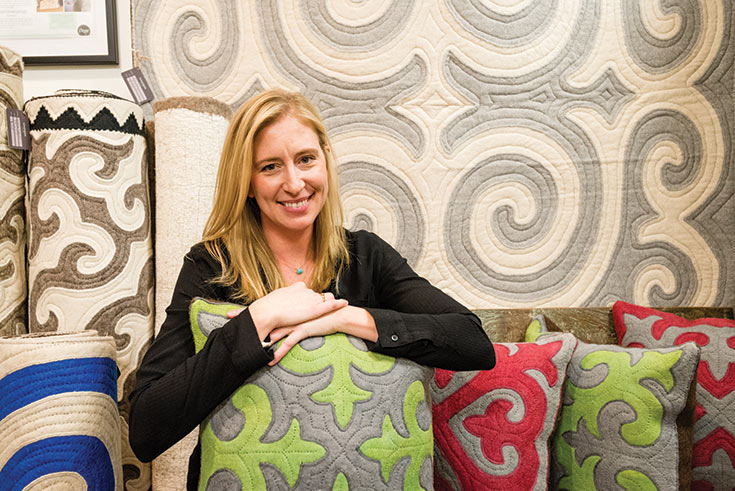
Page + CO collection
pageandcompanycollection.com
Story By
Zachary Barnett
Photos By
Riley Frances + Sasha Motivala
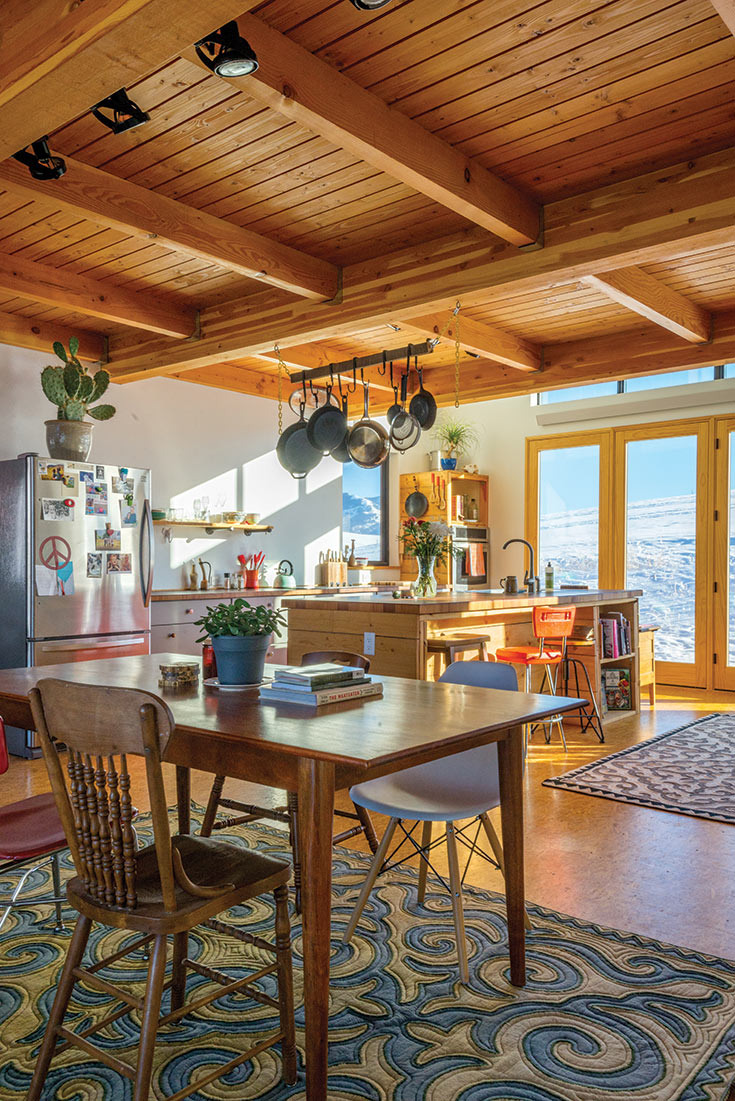
What made you decide to import shyrdaks?
LW My mom and I went to the Highpoint Furniture Market, in North Carolina, seeking products that would do well here in Jackson. As fate had it, we were drawn to this amazing Kyrgyz mother-daughter team and their stunning shyrdak rugs. It was a bonding moment. These women have single-handedly revived this ancient art. When they began, they could find only six women in 100 who had the skills to properly make a shyrdak. But now, through their training and commitment, they support 35 full-time women artisans, who have become financially independent in their low-income, mountainous communities. UNESCO now includes the art of making Kyrgyz traditional felt carpets in its list of “Intangible Cultural Heritage in Need of Urgent Safekeeping.”
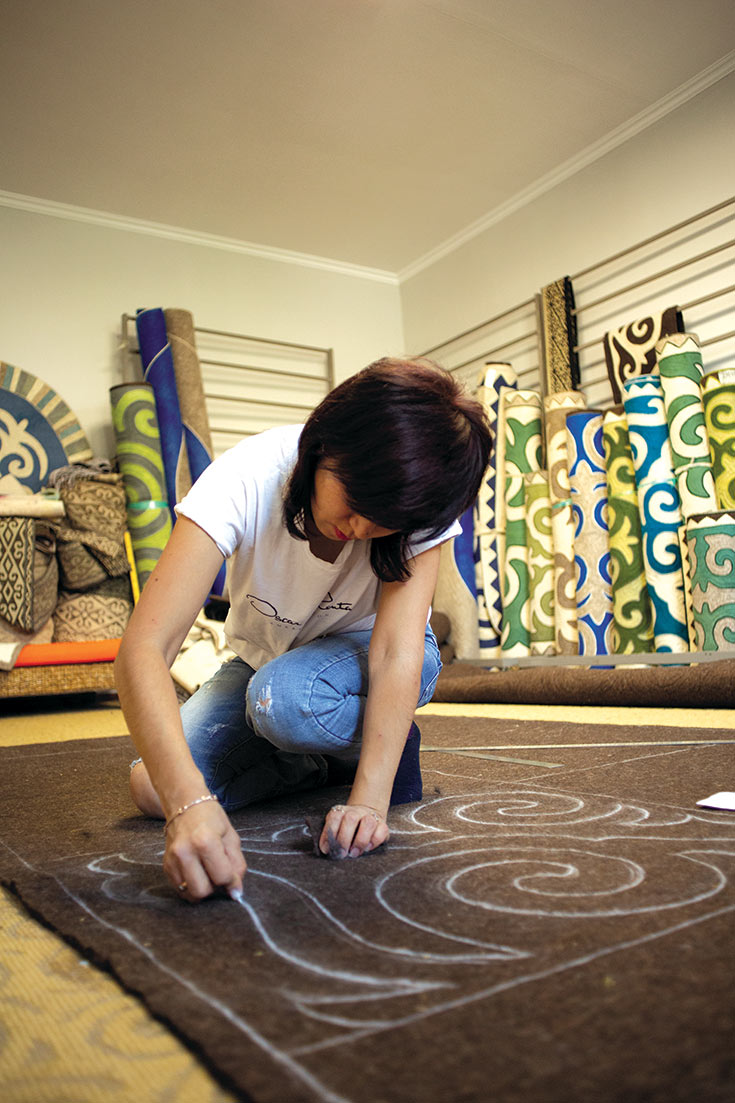
Can you describe the shyrdaks?
LW These rugs must be seen in person. They’re the highest-quality felted merino wool from Kyrgyzstan sheep, dyed and cut into vivid patterns, then stitched over a more robust base layer for warmth and durability. Traditionally, shyrdaks were considered valuable heirlooms, passed down from one generation to the next. They were used as dowries and gifts commemorating special life events, and treasured for both their decorative and functional qualities: warm in winter and cool in summer, odor-resistant, hypoallergenic and antimicrobial.
Where can I buy a shyrdak?
LW I’ve always got 10 to 20 rugs in Jackson, and you’re welcome to contact me for an appointment or for a local showing in your own home. Our clients can custom order sizes and colors, and select from numerous patterns representing the forces of nature, prosperity, abundance and growth. Every rug sale supports a woman artisan and brings a beautiful piece of artwork into your home.

And what about your documentary?
LW In the fall of 2018, I returned to Kyrgyzstan with a cinematographer to document this amazing movement. Traditionally a nomadic culture, the Kyrgyz people today are semi-nomadic and live in an area so much like Wyoming it’s uncanny. I feel like I’m home whenever I’m there. I strongly believe this is a story worth telling, so I invite you to go to our website to view the documentary.
